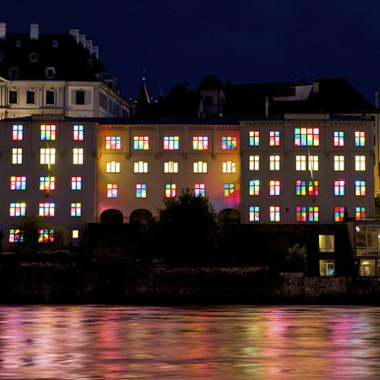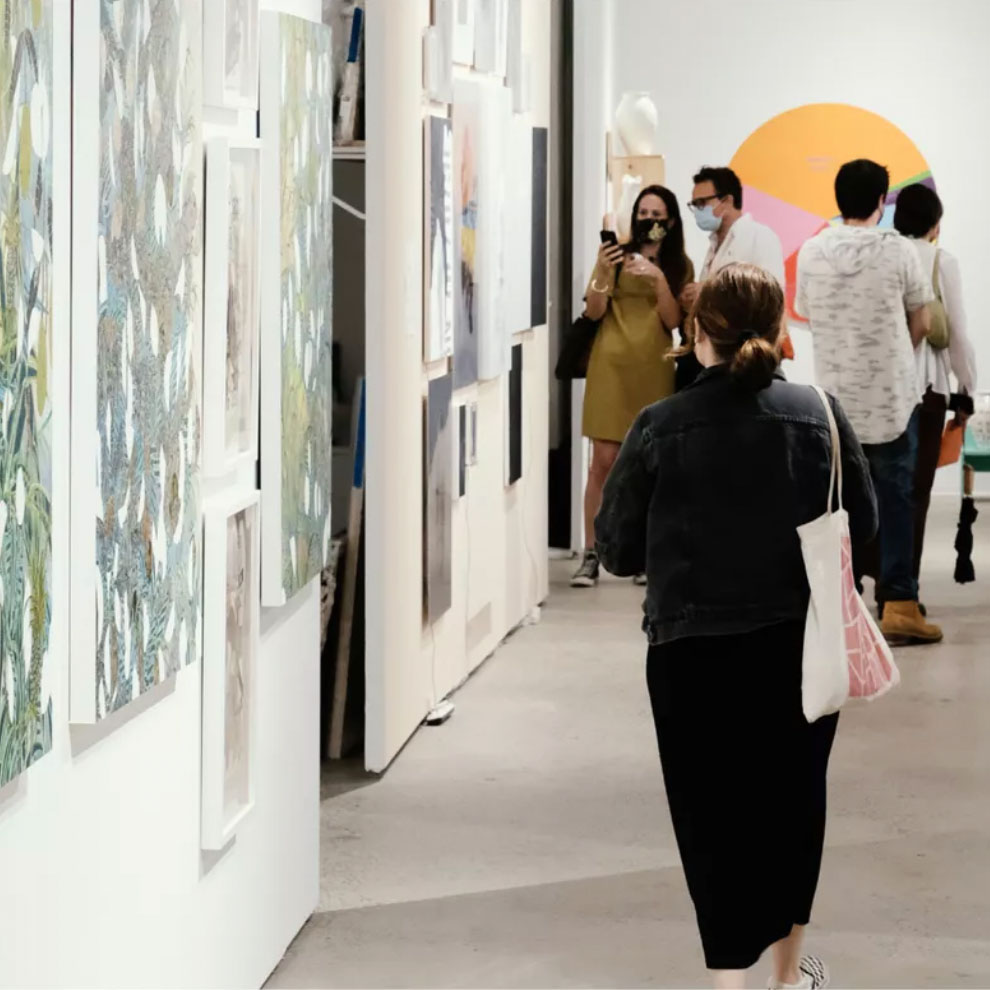Graveyard Point
Alaskan artist and fisherman Corey Arnold on salmon sharks, abandoned canneries and photographing the wild


A graduate of the Academy of Art in San Francisco, Corey Arnold has been fishing for about as long as he’s been taking photos. Every summer Arnold runs a commercial salmon fishing boat in Bristol Bay, Alaska, obsessively documenting the grueling nature of “fish-work” with an unrivaled sensibility. Arnold has created magnificent photographs that offer a very personal glimpse into the soulful world of men at sea, the latest of which are on display through 27 October in “Graveyard Point” (a show named for the fishing camp in southwest Alaska) at Portland, Oregon’s Charles A. Hartman Fine Art. Along with the exhibition are signed copies of Arnold’s book, Fish-Work: The Bearing Sea, which was chosen as one of the best photo books of the year by PDN and American PHOTO magazines. We spoke to the artist/fisherman about the balance of work and art, and the purpose behind both.
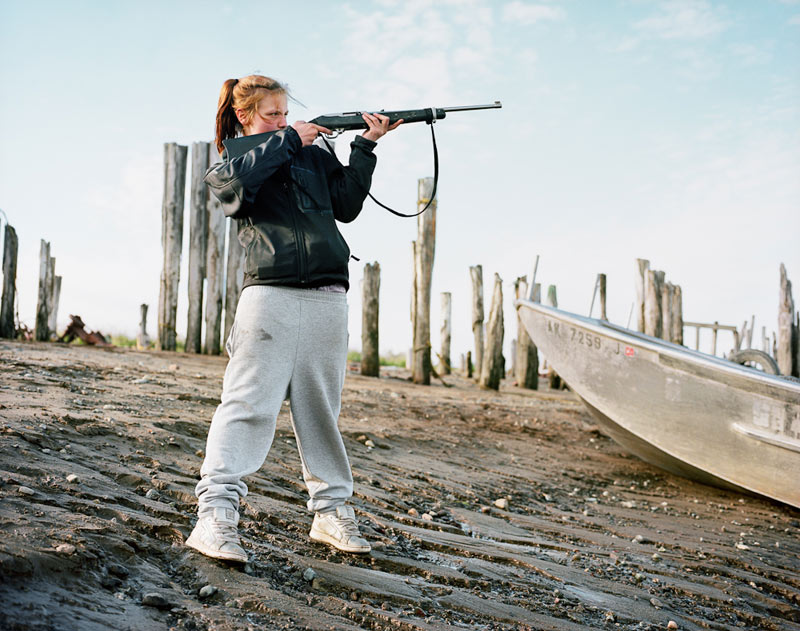
How did you get involved with the Graveyard Point camp?
My first commercial fishing job in Alaska was back in 1995 when I was 19 years old. I lived across the bay from Graveyard Point in a little salmon set net camp run by a rural Alaskan family. I fished there for two years in a row and never made any money, but the experience was so visceral, I hoped that I’d return someday. Then, after many years working in other fisheries in Alaska, I decided to search for a location to buy into the gill net fishery in Bristol Bay that had given me my start. At the time, permit prices and general overhead were low to get going. A friend and talented artist, Marty Machado, told me some wild tales about Graveyard Point and sent photos of coffins eroding into the sea. That was pretty much all it took. The next summer I checked it out while on assignment for Outside Magazine, and the following year I bought a permit and set up camp in Graveyard Point. I’ve spent five summers now up there and anywhere from 6-8 weeks per year fishing or working on my boats, gear and the camp.
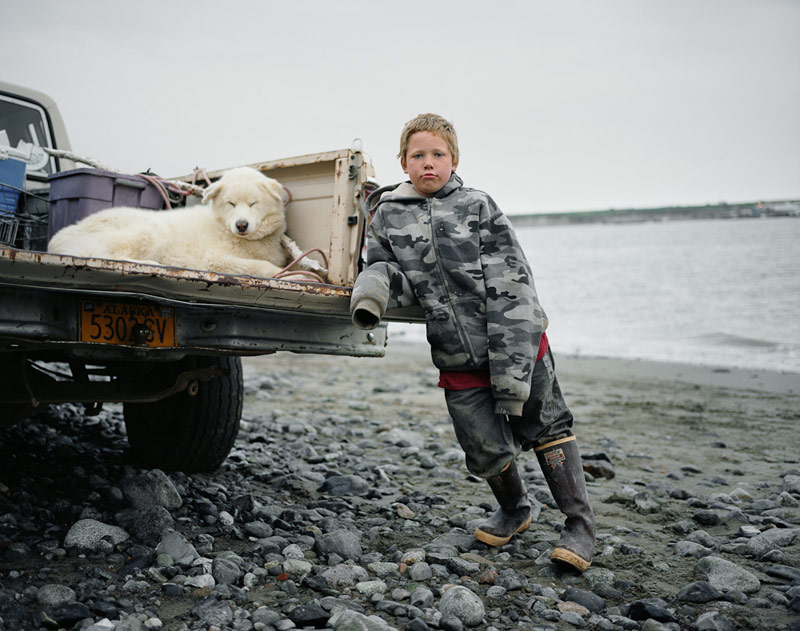
Can you tell us more about the conceptual nature of your work?
The simple answer to this question is that I found the lifestyle, the people and the environment so rich and wild and interesting and unpredictable that it seemed like everything about the place was meant to be photographed. Some of the images are a straightforward documentary of the goings on of the camp, and others are posed portraits. I see this place as one of the last holdouts of the wild west where a vast melting pot of Americans suddenly become neighbors for a month, about 130 of us squat in this abandoned cannery complex and face the bears, the mosquitos, insomnia and seemingly endless work days at sea all for the chance to make a small fortune if the fish arrive that year and the buyers cooperate with a fair price.

Salmon fishing is exciting and dangerous. What’s your biggest challenge shooting photos in the wilderness?
The greatest challenge for me is that I’m trying to photograph and simultaneously run a fishing operation with two skiffs and a crew of four. It would be far simpler to take pictures if my primary reason for being there wasn’t to catch a lot of salmon.
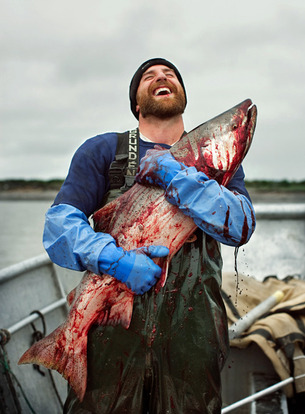
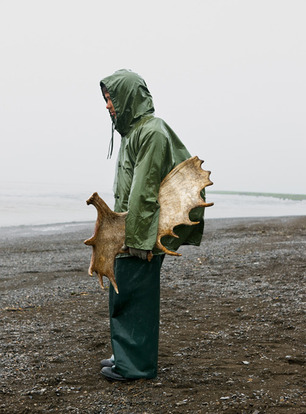
Your work often touches on sociopolitical issues—what is your message this time?
While it is not apparent in the photographs themselves, I hope the story behind the images will bring awareness to a gigantic open pit copper mine that is proposed in the headwaters of the Kvichak River, upriver from Graveyard Point. This series may become a visual history of a fishery that was devastated by toxic tailings from the largest mine ever proposed in North America. The so-called Pebble Mine is in a crucial stage in the permitting process and with enough public outreach, it may be possible to convince the powers that be that mining near one of largest wild Sockeye salmon-producing rivers in the world is a bad idea.

Tell me about the salmon shark! This photo is so beautiful.
The title is a bit misleading. It was a calm day and we were tied up to our anchored net. A salmon’s tail that was caught in the net was finning along side of the boat in the strong current. It was a beautiful sight, the fin appeared somewhere between a butterfly wing and a shark fin.
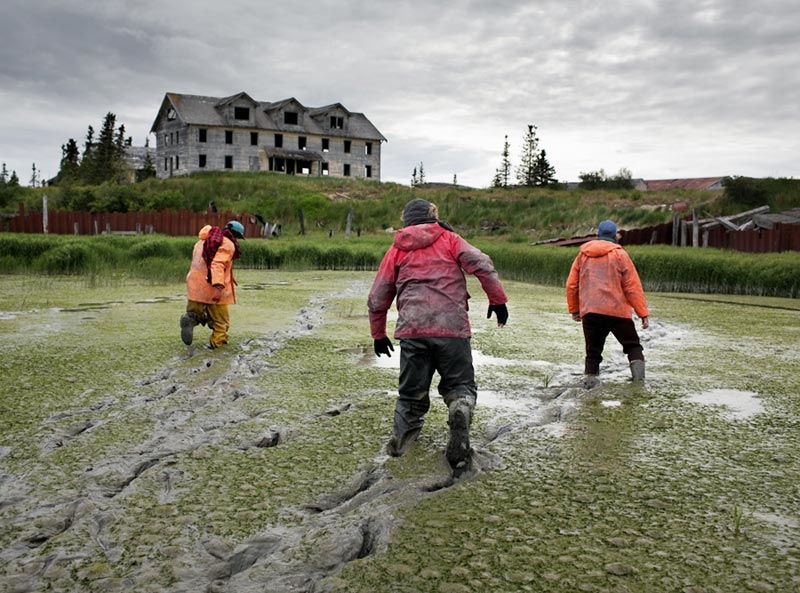
What’s your favorite moment you captured and why?
One of my favorite moments in the series was in the image “Nakeen.” A few of us from the camp set out to explore another abandoned cannery upriver. We parked the skiff and slogged a few hundred feet across a moss covered mudflat towards a rumored to be haunted building in the distance.
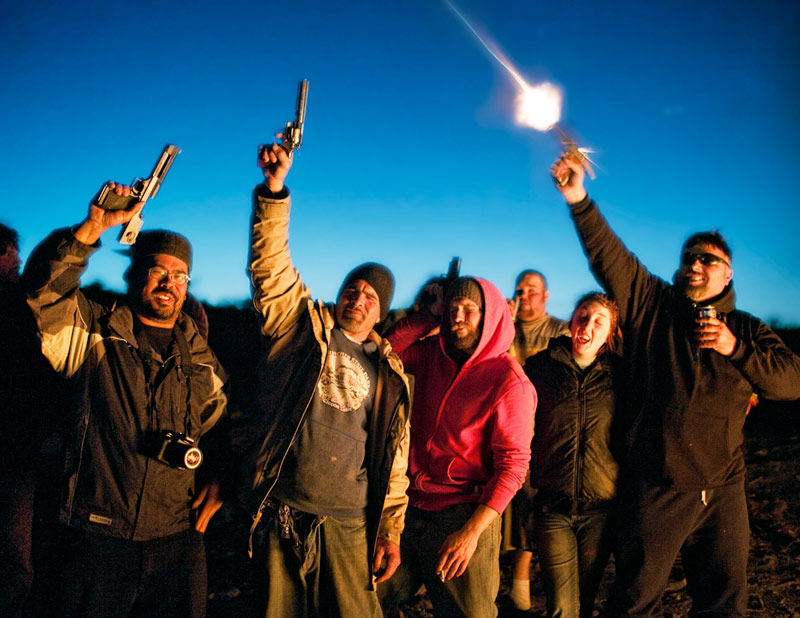
What camera did you mostly use to shoot this series?
Most were made with a Mamiya 7 and 6x7cm color negative film, although many of the more action shots were made with a Canon 1DS mkIII.
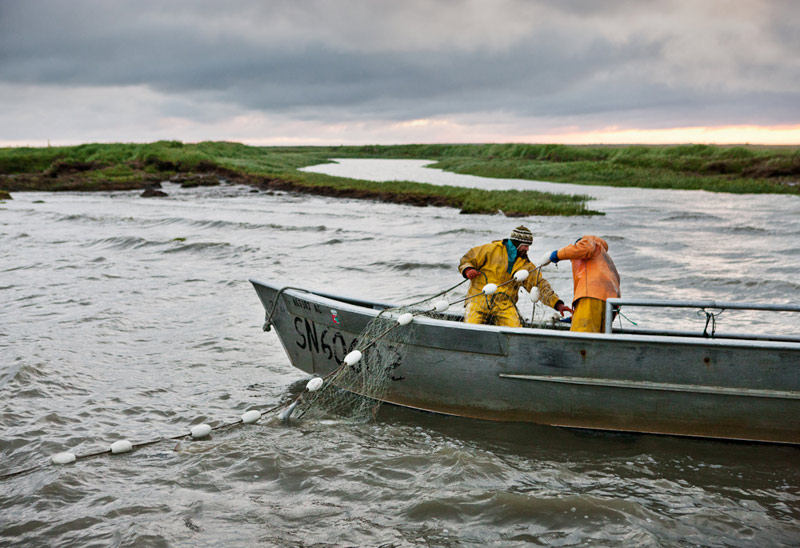
When’s the best time of the year to go to Alaska?
That depends on where in Alaska. For me, it’s June and July during the Salmon season. Many in the arctic prefer the winter when the snow is solid and the land is accessible by snow machine. Others may prefer the stunning fall colors in September. For me, it’s Alaska and it’s all good.
“Graveyard Point” is on view at Charles A. Hartman Fine Art Gallery through 27 October 2012.
